
Reefscape Australia’s expertise in innovative design and custom solutions was indirectly engaged in the iconic Le Meridien Hotel project in Jeddah, Saudi Arabia, where the company was entrusted with designing and supplying bespoke acrylic swimming pool windows. These striking windows, which provide stunning underwater views, were an integral part of the hotel’s luxurious pool design. While Reefscape Australia was not directly commissioned for the entire project, our renowned ability to craft high-quality, durable, and visually striking acrylic features played a pivotal role in elevating the guest experience, adding a unique architectural element that blends seamlessly with the hotel’s cutting-edge design.
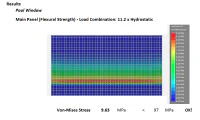
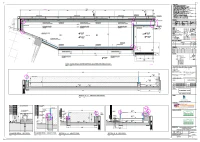

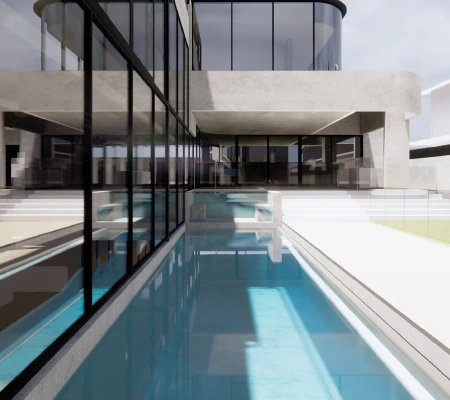
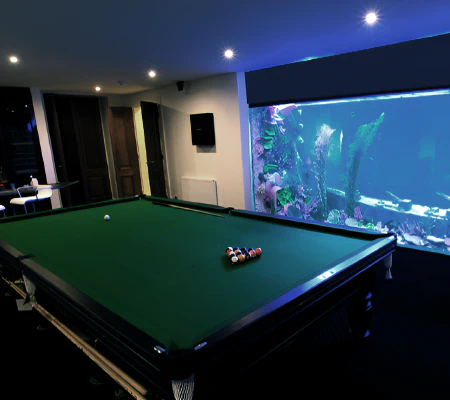
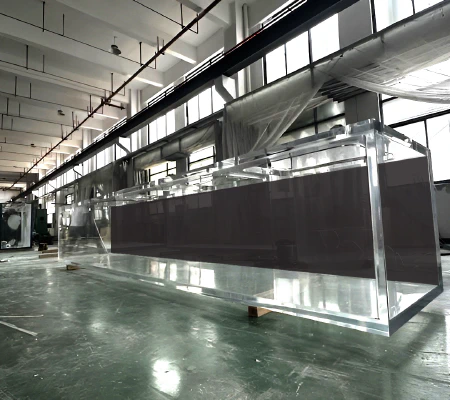
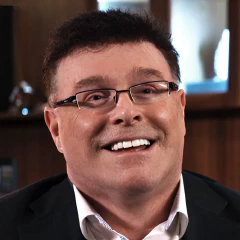 Sean Buckley
Sean Buckley
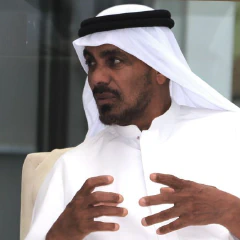 Hassan Bokhowa
Hassan Bokhowa
 Leo Seng
Leo Seng
 Brian Wai
Brian Wai